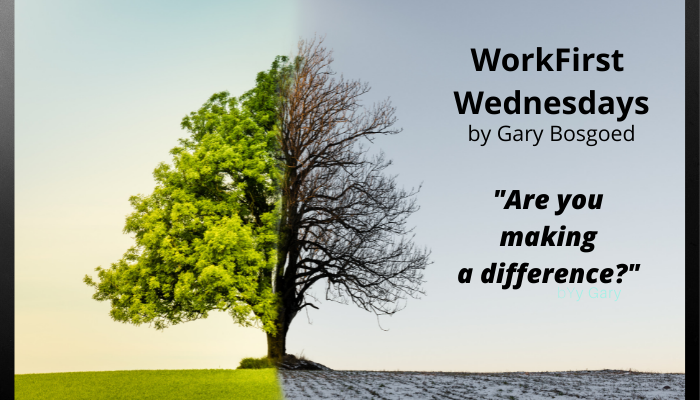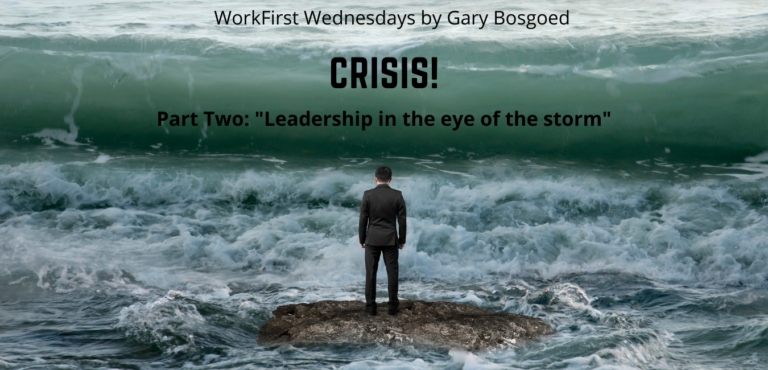This week, WorkFirst Wednesdays is dedicated to the Indigenous construction workers of 2020, because they are a big reason for our successful delivery of projects. They are the frontline workers of the construction industry and deserving of our best efforts toward meaningful engagement and professional development.
WorkFirst clearly cannot be effective without Indigenous workers, and this is especially true of those who work in construction. We have consistently observed their energy and enthusiasm on all of our construction teams. Most importantly, they do a good job. To be successful, many must overcome various obstacles, some of which are common to all new workers. Many of those obstacles, however, are unique to Indigenous people. Here is one example of how we overcame a common barrier: an individual’s feelings of intimidation toward gaining employment in construction.
Many years ago, we provided construction management services for an urban casino project. We had a young Indigenous construction applicant who I will refer to as Eugene. It appeared Eugene was intimidated and unsure of how to visit the site trailer to apply for work. He didn’t have a lot of construction trade role models and he was unsure of how to handle the conversation with whoever was in the trailer and responsible for making those decisions. He had personal protective equipment, a tool belt and a bit of experience on smaller projects. Like many young workers I encounter, he conveyed anxiety about employment on a large project. The site was hiring, and I knew he couldn’t delay, so I said, “Come with me!” I took him to the site and walked him into the job site trailer where the superintendent was reviewing drawings. After introductions were made and I felt confident the superintendent could read the situation, I then remarked on how much the two men had in common, and that they could continue the conversation without me. Eugene was hired for the job, and I did not see him until years later when he came running up to me at another jobsite. He had settled into a career as a sheet metal worker, had put on a few pounds, and was married with two kids. His hard hat was covered with stickers from multiple jobs; the companies and sites on which he had worked. Eugene said he was SO grateful for that first introduction. I reminded Eugene HE had done the work and told him how proud I was of that fact.
There are so many Indigenous people who do not have connections and role models in construction, and they have little training regarding those first few baby steps of their career. I don’t often bring workers to the job site trailer, but we have since organized many other ways of introducing workers to construction site leaders such as town halls, job fairs, Band membership presentations, sod turning ceremonies, socio-economic studies, construction careers programs and, sometimes, making a simple phone call to the hiring contractor.
Some of the feedback regarding WorkFirst has been negative over the years, and assumed the program is unfair to non-Indigenous workers. Although we are not providers of Indigenous awareness training, we can certainly see the benefits it can bring about in gaining understanding as to why Indigenous people are typically not included in capital projects. Without getting into the myriad of reasons why there is a lack of familiarity with Indigenous communities, I have observed there is too much focus on antiquated process. As a result, the Indigenous hiring numbers are traditionally disappointing.
We are managing dozens of projects in Alberta and Saskatchewan and have brought WorkFirst to all of these projects. Indigenous people are filling up to 90% of the construction site positions. We have told these success stories at conferences, added to our Blog, copyrighted WorkFirst and brought innovation to managing projects every day. Today we celebrate the work done by Indigenous people. They are the closers. They prove Indigenous capacity is there. They ARE WorkFirst.
Have a safe and happy holiday, everyone! We look forward to continued posts in 2021!
~ Gary and the staff at Bosgoed Projects
Share this post
Share on facebook
Share on google
Share on twitter
Share on linkedin
Share on pinterest
Share on print
Share on email
This week, WorkFirst Wednesdays is dedicated to the Indigenous construction workers of 2020, because they are a big reason for our successful delivery of projects. They are the frontline workers of the construction industry and deserving of our best efforts toward meaningful engagement and professional development.
WorkFirst clearly cannot be effective without Indigenous workers, and this is especially true of those who work in construction. We have consistently observed their energy and enthusiasm on all of our construction teams. Most importantly, they do a good job. To be successful, many must overcome various obstacles, some of which are common to all new workers. Many of those obstacles, however, are unique to Indigenous people. Here is one example of how we overcame a common barrier: an individual’s feelings of intimidation toward gaining employment in construction.
Many years ago, we provided construction management services for an urban casino project. We had a young Indigenous construction applicant who I will refer to as Eugene. It appeared Eugene was intimidated and unsure of how to visit the site trailer to apply for work. He didn’t have a lot of construction trade role models and he was unsure of how to handle the conversation with whoever was in the trailer and responsible for making those decisions. He had personal protective equipment, a tool belt and a bit of experience on smaller projects. Like many young workers I encounter, he conveyed anxiety about employment on a large project. The site was hiring, and I knew he couldn’t delay, so I said, “Come with me!” I took him to the site and walked him into the job site trailer where the superintendent was reviewing drawings. After introductions were made and I felt confident the superintendent could read the situation, I then remarked on how much the two men had in common, and that they could continue the conversation without me. Eugene was hired for the job, and I did not see him until years later when he came running up to me at another jobsite. He had settled into a career as a sheet metal worker, had put on a few pounds, and was married with two kids. His hard hat was covered with stickers from multiple jobs; the companies and sites on which he had worked. Eugene said he was SO grateful for that first introduction. I reminded Eugene HE had done the work and told him how proud I was of that fact.
There are so many Indigenous people who do not have connections and role models in construction, and they have little training regarding those first few baby steps of their career. I don’t often bring workers to the job site trailer, but we have since organized many other ways of introducing workers to construction site leaders such as town halls, job fairs, Band membership presentations, sod turning ceremonies, socio-economic studies, construction careers programs and, sometimes, making a simple phone call to the hiring contractor.
Some of the feedback regarding WorkFirst has been negative over the years, and assumed the program is unfair to non-Indigenous workers. Although we are not providers of Indigenous awareness training, we can certainly see the benefits it can bring about in gaining understanding as to why Indigenous people are typically not included in capital projects. Without getting into the myriad of reasons why there is a lack of familiarity with Indigenous communities, I have observed there is too much focus on antiquated process. As a result, the Indigenous hiring numbers are traditionally disappointing.
We are managing dozens of projects in Alberta and Saskatchewan and have brought WorkFirst to all of these projects. Indigenous people are filling up to 90% of the construction site positions. We have told these success stories at conferences, added to our Blog, copyrighted WorkFirst and brought innovation to managing projects every day. Today we celebrate the work done by Indigenous people. They are the closers. They prove Indigenous capacity is there. They ARE WorkFirst.
Have a safe and happy holiday, everyone! We look forward to continued posts in 2021!
~ Gary and the staff at Bosgoed Projects




